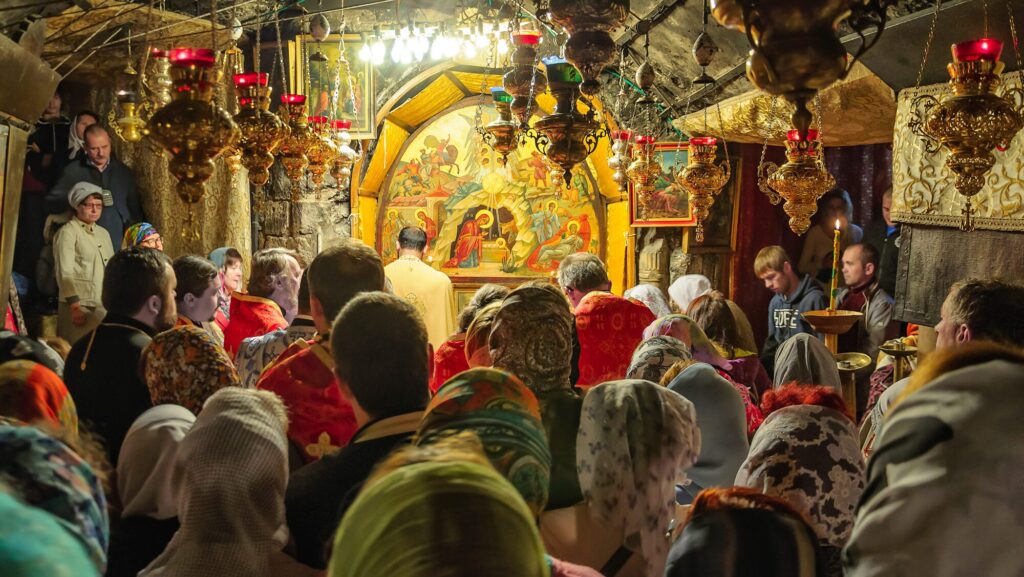
Silent Night, Holy Night in Bethlehem
I headed to the city of David on Christmas morning. Its streets were even more somber than those of Jerusalem.

I headed to the city of David on Christmas morning. Its streets were even more somber than those of Jerusalem.
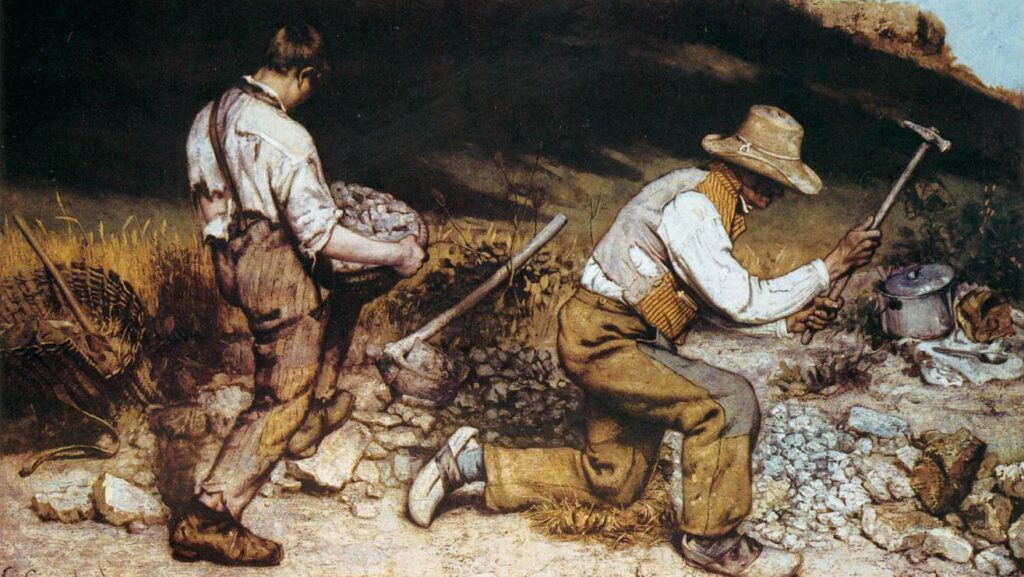
The New Right must be careful when playing up the populist rhetoric, lest it fall into Marxist dialectics.
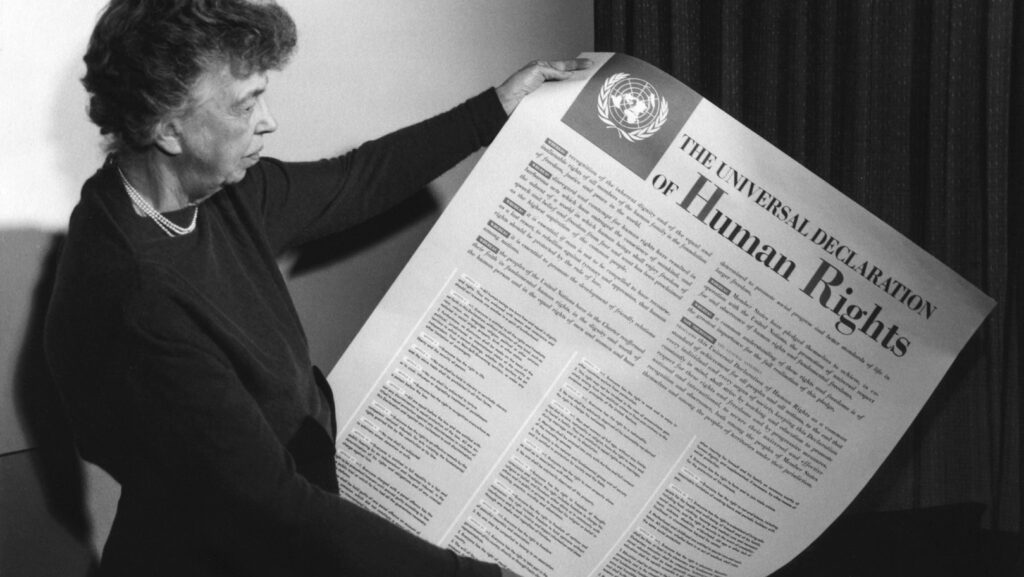
If the state is the author of our rights and has the power to grant them to us, then they are not rights, but permissions that the state could revoke at any moment.
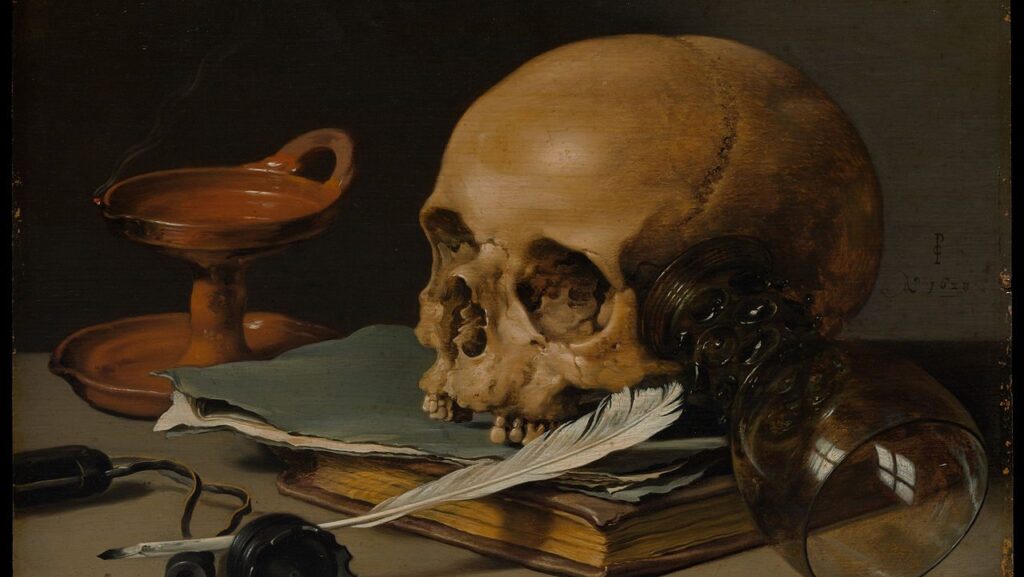
Yeats’ ghostly philosophy became a central theme in much of his most significant poetry. Many of his key works cannot be properly understood without knowledge of it.
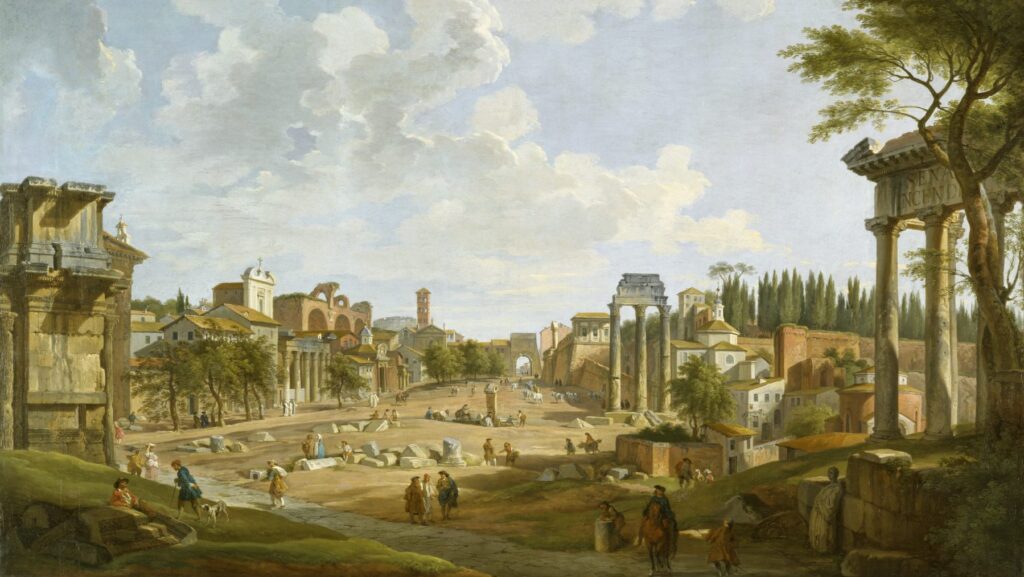
When a civilization is on its deathbed, its people cry out one last time for myth and enchantment.
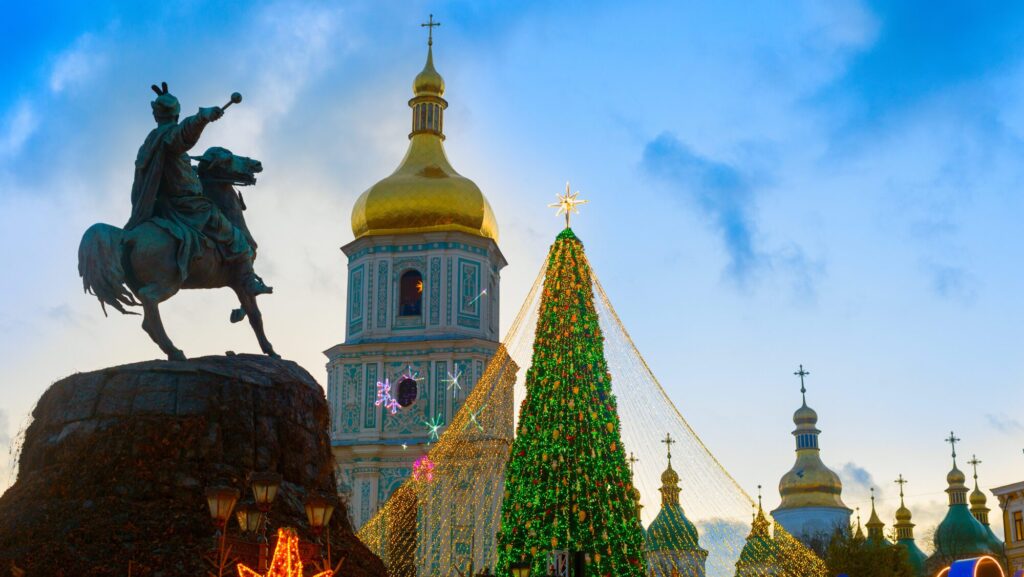
The tragic story behind this Christmas carol is a stark reminder of what happened in Ukraine.

It is up to us to carry on the fight for goodness, truth, and beauty that Scruton fought so well.

The “EU Taxonomy for Sustainable Activities” makes reducing CO2 emissions the central criterion for accessing liquidity.
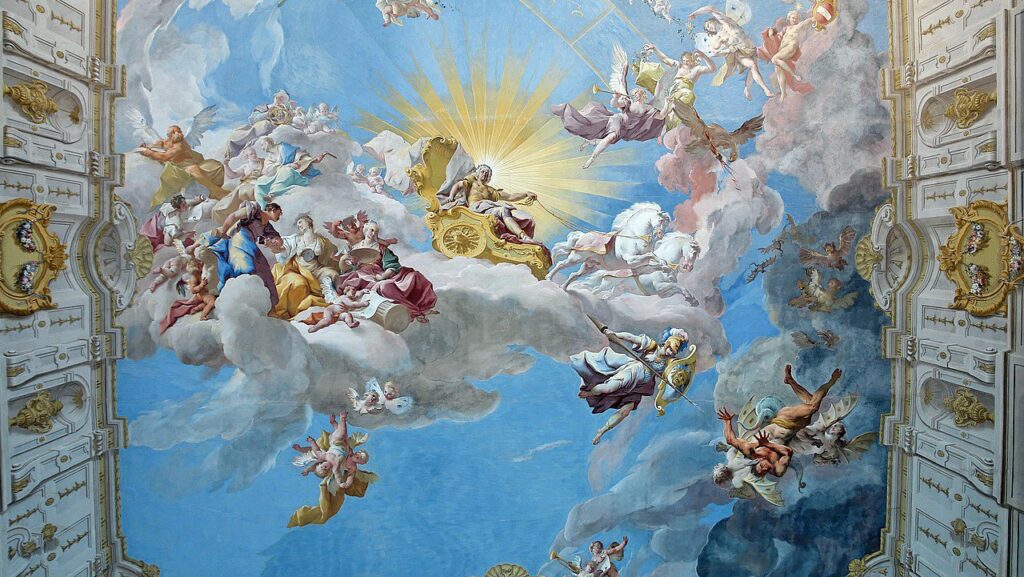
Conti possessed an amazing sense of melody and a deep understanding of humanity’s dark aspects.
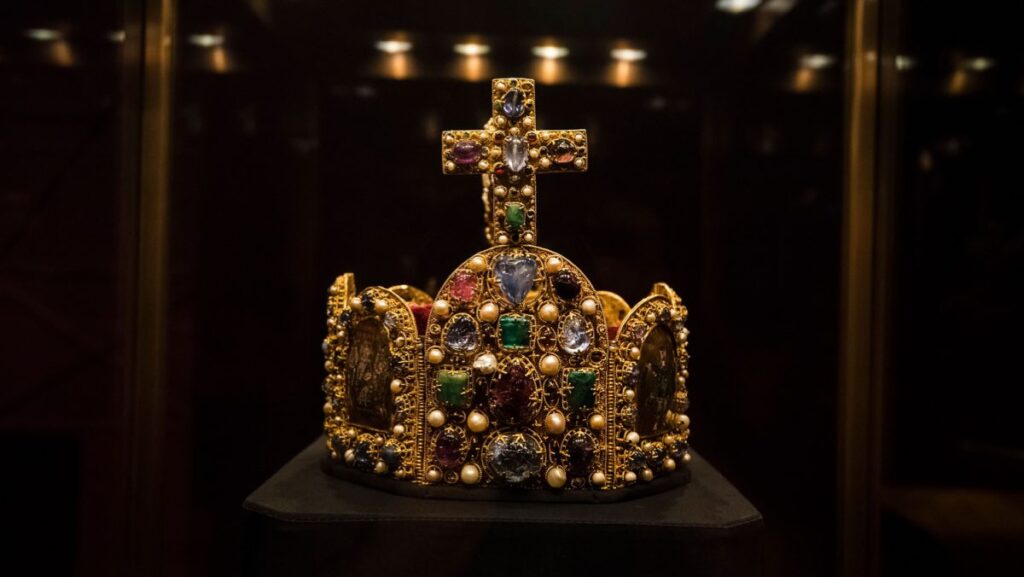
Aragorn, for so long the wandering heir, wins at last and begins the restoration of a world wrecked by evil.
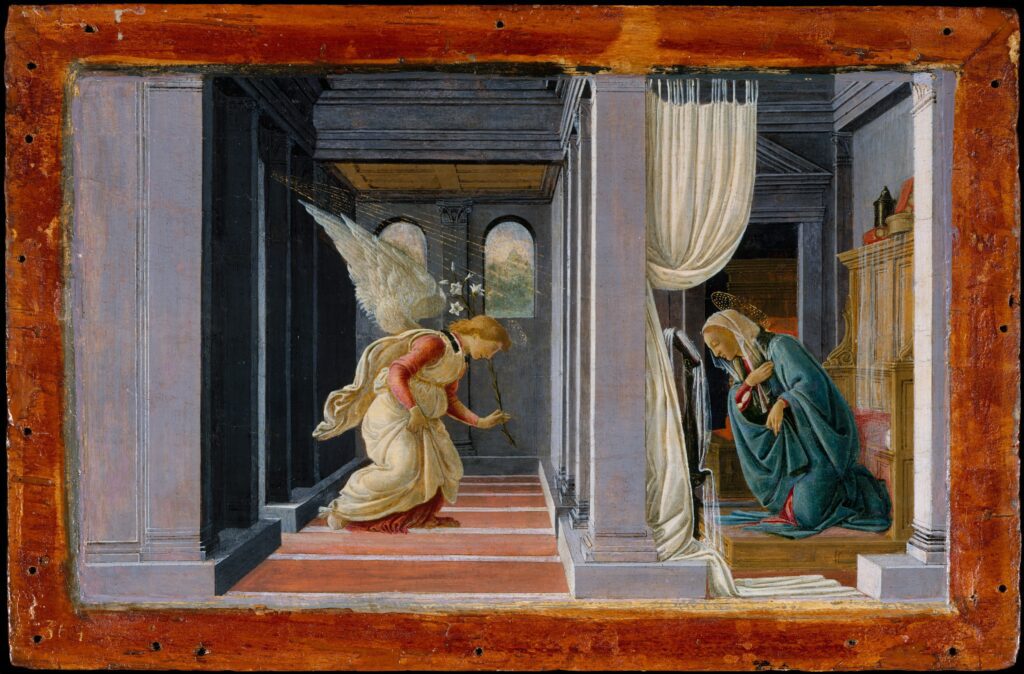
Christian meditation must be rehabilitated if the modern crisis of the Church is to be overcome.
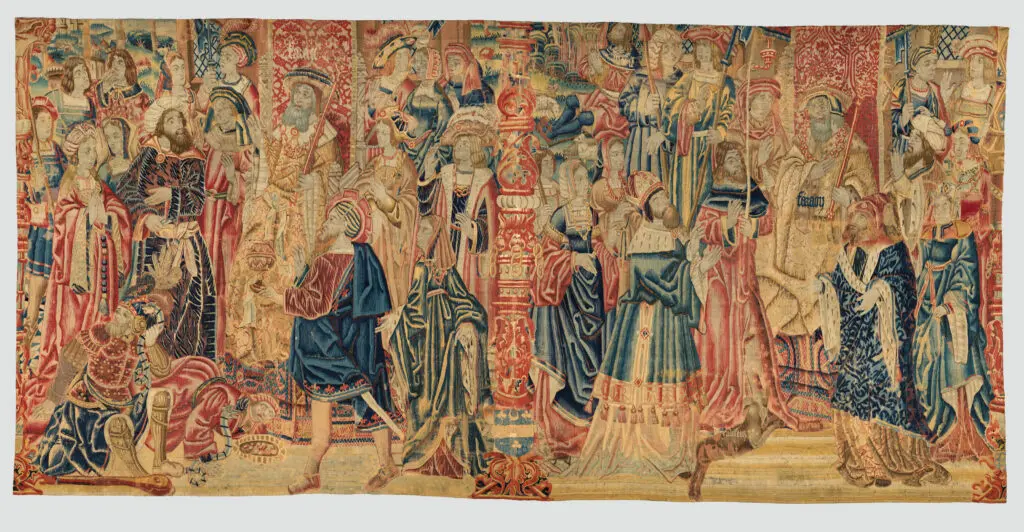
The Church reacted against intellectual currents with a rationalistic Thomism in which the mystical dimension of reality was marginalized.
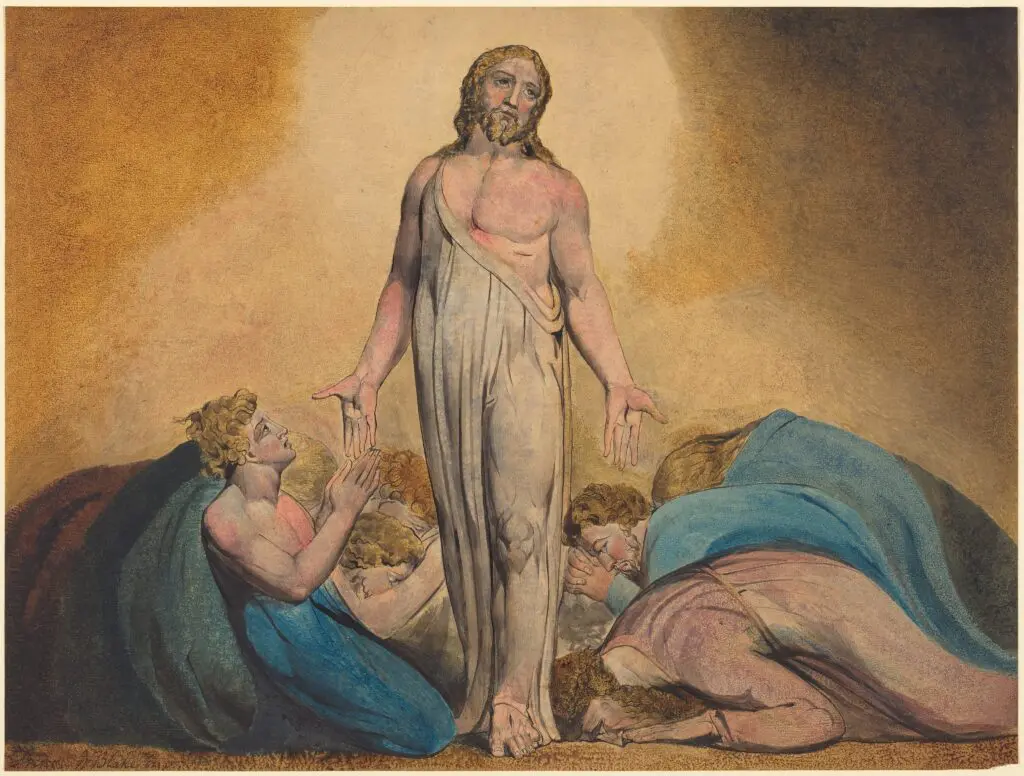
Mystical union with God is the axis around which the Christian life turns.
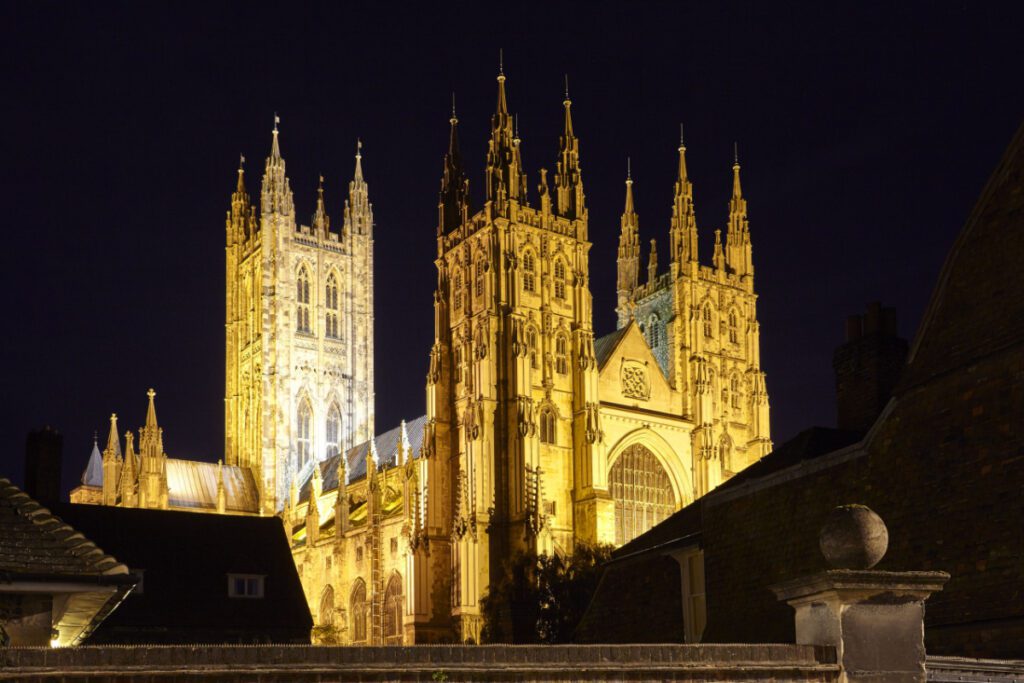
Profaning sacred spaces for a quick buck caused Our Lord Jesus Christ to unleash His righteous fury.

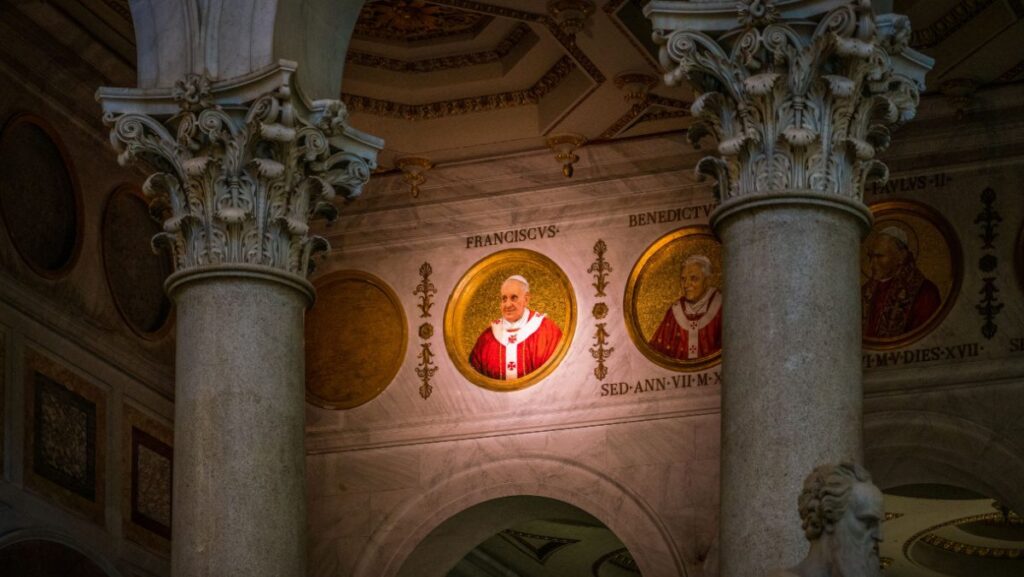
Our duty as Catholics is to pray for the Pope; but, to do so truly, we must not blind ourselves to his faults.

When the Japanese arrived in Hawaii, they had no problem identifying the local kami, or ‘spirits,’ of the nation. We explore the importance of national definition.
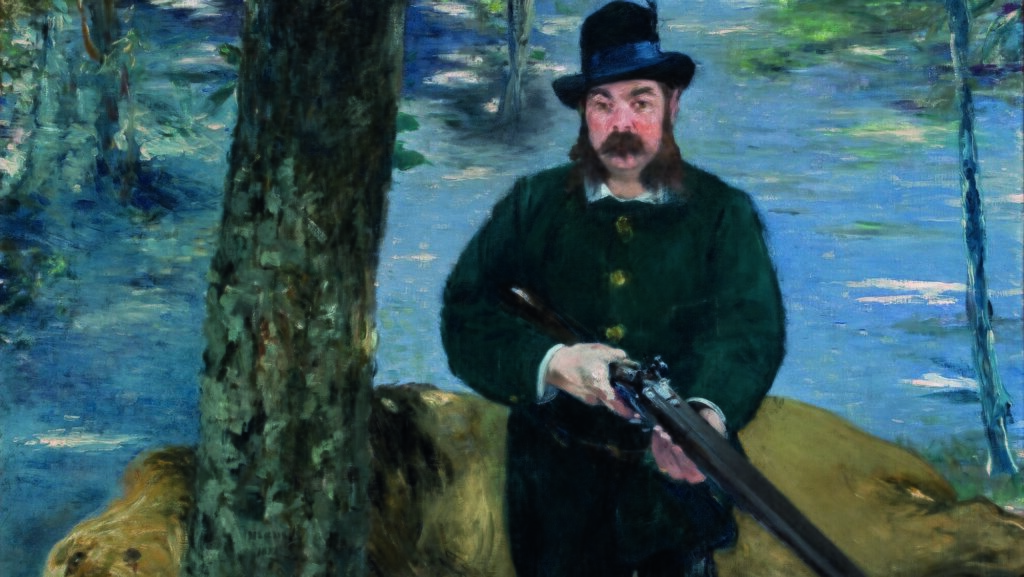
What is widely termed ‘trophy hunting’ is one of those very rare things in this fallen and troubled world: a near-unqualified good.
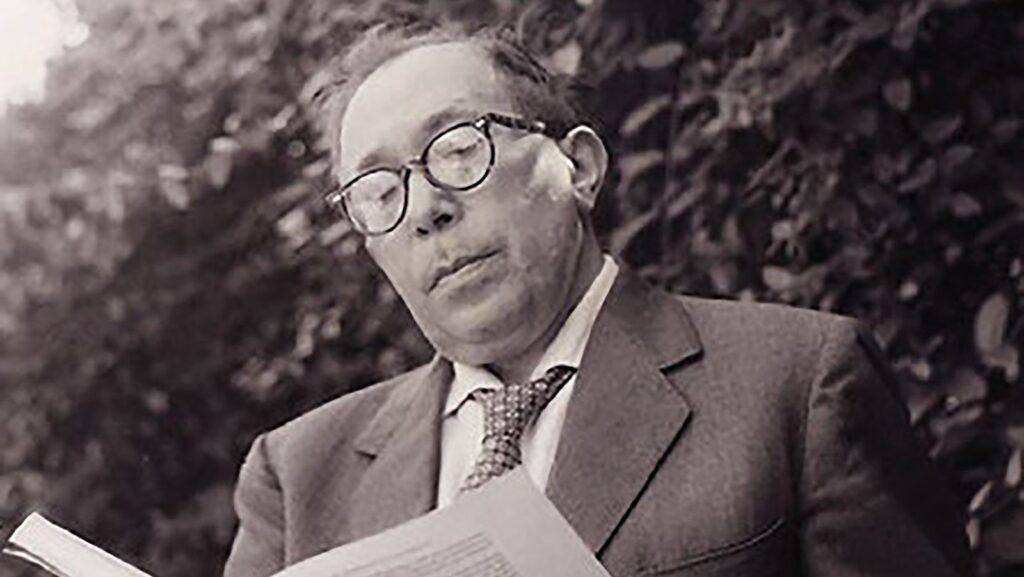
Strauss revitalized the study of political philosophy and questioned the premises of progressivist historicism.
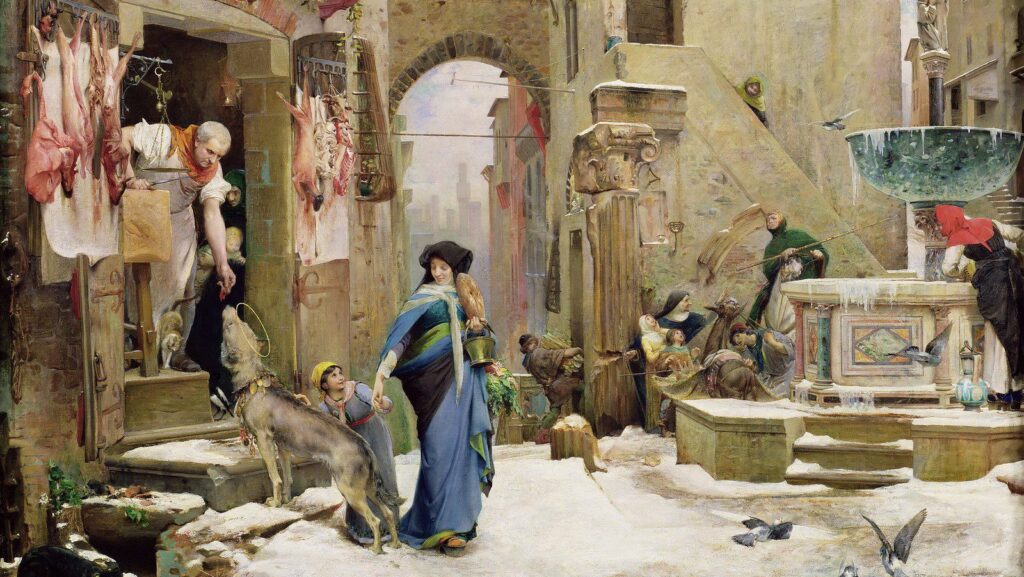
The mythic framing of the climate revolution finds its heart deep in the symbolism of a conflict between man and nature under Heaven.

What critics miss about the Muslim-turned-atheist’s dramatic conversion
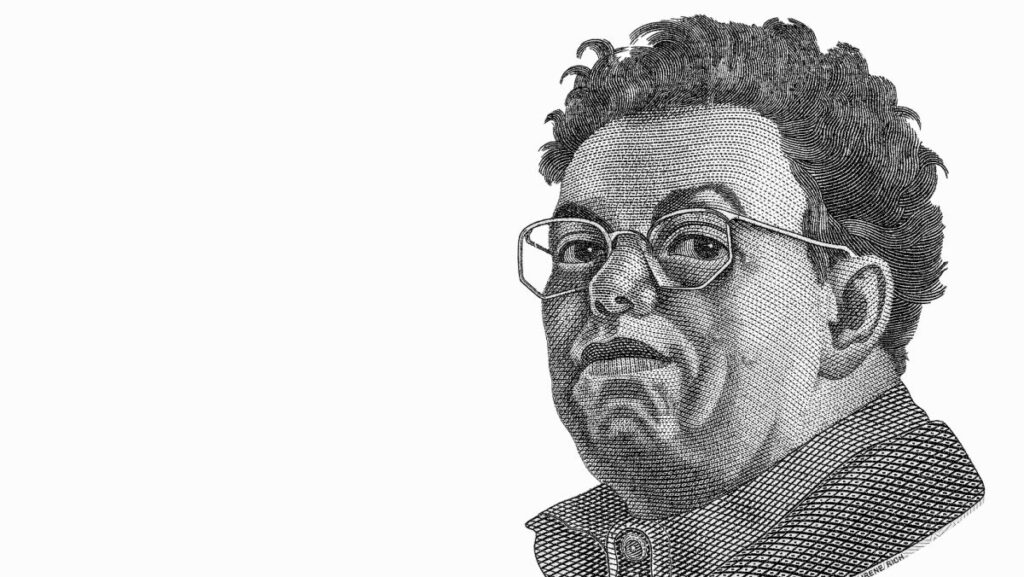
Rivera deliberately chose the moment of creation as a subject matter, recognizing its revolutionary potential.